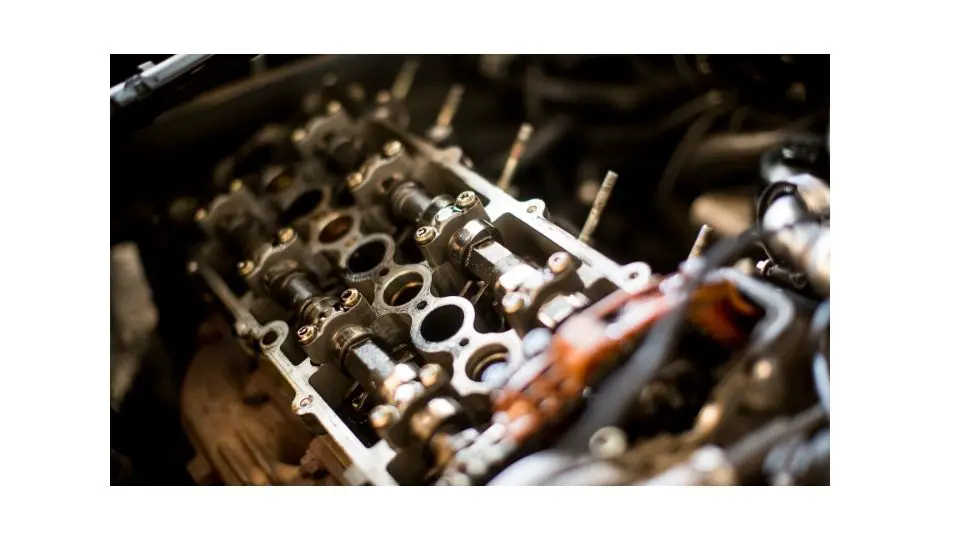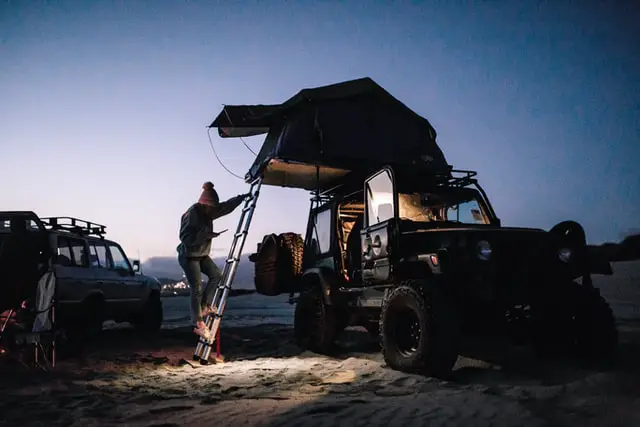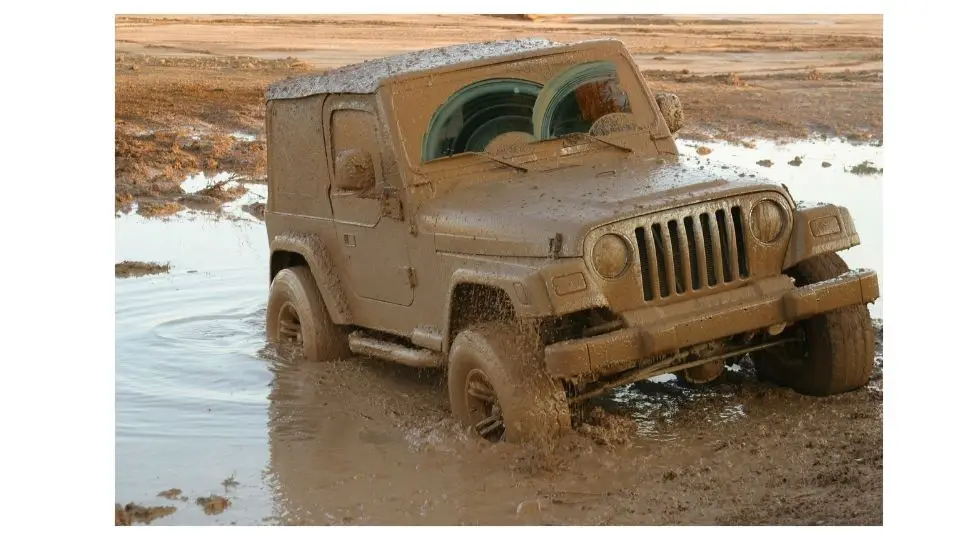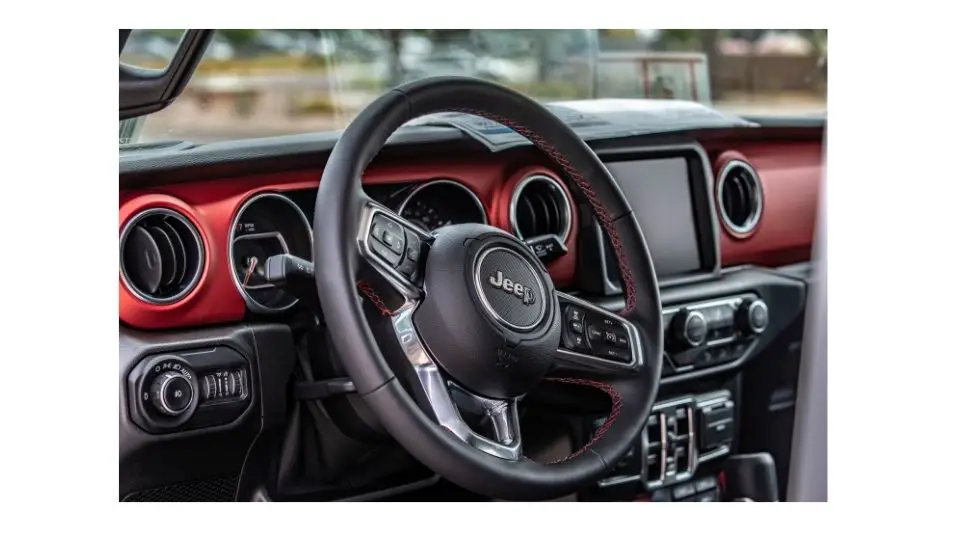Passion knows no bounds. The phrase can also be applied to car enthusiasts who spend a lot of their time and money giving their car the attention it deserves.
The statistics support this argument as the U.S automotive aftermarket business reached nearly $200 billion in 2020. The trend is nearly the same for other regions as the spread of knowledge through the internet has given people the motivation to do more for their beloved cars.
However, not every vehicle gets the same attention from their owners. Only a handful of cars and SUVs stand out when it comes to aftermarket modifications and Jeep is one such brand.
The automaker has a rich history dating back to the 50s and its fanbase has increased with the passage of time. There is a good chance that the Jeep SUV that you see roaming near your house has some sort of modification done to it whether it is cosmetic or related to its powertrain.
But you have to work on the engine and transmission if you want to make a difference in the performance of a vehicle. One such popular modification is done on the Jeep XJ (aka Jeep Cherokee 1983-2001).
The standard engine is swapped with the widely popular General Motors LS engine that provides additional grunt and makes a noticeable difference. Here we will be discussing how to do an LS swap and the necessary parts required to do the job successfully:
What is an LS swap?
An LS swap means that you are replacing your car’s current engine with any series of GM’s LS engine. The most popularly swapped are the LS3 and the sixth-generation Corvette based LS7 engines.
These are small block engines first created in 1995. Almost all the LS lineup consists of high-performance engines with their horsepower and torque reaching well above 300hp.
There are several reasons why LS swaps are so popular. These engines are compact and still provide good power output thanks to their old school pushrod technology.
The abundance and availability of various types have earned the engines of LS lineup the title of the most favorite aftermarket engine swap for car enthusiasts. LS swaps are mostly done on older model cars and SUVs whose engines are either worn out or produce little power compared to today’s standards.
Furthermore, a junkyard LS engine is cheap, the labor charges are also affordable, and the job can be done in a couple of hours if done by a professional.
The combination of reliability and their ability to punch out a good amount of power & torque makes them ideal for a variety of vehicles.
Covering LS swap for every car is a broad topic and here we will be focusing solely on the Jeep XJ LS swap. The Jeep Cherokee made from 1983 to 2001 is commonly known as the XJ and is a popular choice among people with a tight budget for a good off-road capable SUV. Since these SUVs were manufactured a long time ago, their engines usually give up or they don’t have enough zip to satisfy the power demand of every user.
How to do an LS swap on an XJ:
Swapping an LS motor into an XJ is relatively simple. An LS V8 is the best choice for this task and can make an XJ in line with modern power standards, with the proper equipment you can do the task by yourself.
The computers on later models (post-1995) can be reprogrammed to work with the swapped engine, however, if an XJ is older than 1995 then you may have to shop for an ECU, as the stock computers on previous models are hard to reprogram.
Nevertheless, newer versions also require some modifications for the proper functioning of all the parts. The best thing about this swap is the ease with which you can do the job.
No fancy lift is required to lift the SUV, just a simple lift is enough to take out the stock engine. However, you will need to replace old struts if the stock engine is a 4 or a 6-cylinder engine, if the swap is being done on a V8 model then you don’t have to worry as the LS engine and the stock V8 both have the same weight and work well with standard springs.
Though there are some changes that you will have to do, a lift of a couple of inches is necessary to stay clear of the front axle, exhaust system, and oil pan. Furthermore, stock engine mounts need to be replaced or modified.
However, it’s better to go for the aftermarket ones as the stock mounts may lose their structural integrity if they are messed with. Depending upon your choice, you can use any kind of LS engine.
But remember to use an aftermarket oil pan that gives maximum clearance, and with a changed pan you will also need a new oil pump that can lubricate the new powerplant effectively.
You can stick with the standard hood but remember to use a Corvette or Camaro based intake, otherwise, a cowl induction with few inches of space will work fine.
With the new engine in place, you will need to dismember the entire cooling system and A/C system. Unfortunately, due to the small size of the grille, it’s hard to put a factory-made LS radiator, therefore if you fail to fit an LS radiator go for an aftermarket one that does the job and fits properly.
You may need to say goodbye to air conditioning as the stock A/C compressor is near impossible to fit, although you can squeeze in an A/C compressor by doing some cutting and welding onto the frame.
Space is congested with the new engine in place and you may have to adjust it beneath the front passenger compartment. Replacing the exhaust manifold is no big deal as a Camaro or a universal exhaust manifold works just fine. The stock transmission of an XJ is pretty much junk once an LS engine is fitted to the SUV.
The solution for the transmission is to find a junk engine that has a transmission attached to it, so you just have to put it in place, and everything will work well.
When all the above steps are taken care of, the rest of the project becomes pretty simple. Just attach the throttle cables or if the LS has throttle by wire system then attach a GM electronic accelerator pedal unit.
The final part is making sure that all the functional gauges are in place. Sadly, you will have to get rid of the majority of stock gauges and replace them with gauges from GM based pickup trucks or a Corvette. Like several other parts, a junkyard would be a good place to buy these things.
Conclusion on Jeep Cherokee ls Swap
All the above steps are aimed to make the task of doing an LS swap on an XJ easier for you. Just make sure that you have all the necessary equipment with you or a person to assist you as the task may be difficult for a single person to complete.
Safety should be your number 1 priority, make sure that you are doing the task in a well-ventilated area and no flammable items are kept nearby that can pose a safety threat. I hope that with the help of this article you will be able to infuse a new spirit into your XJ and transform it into a whole new SUV.





